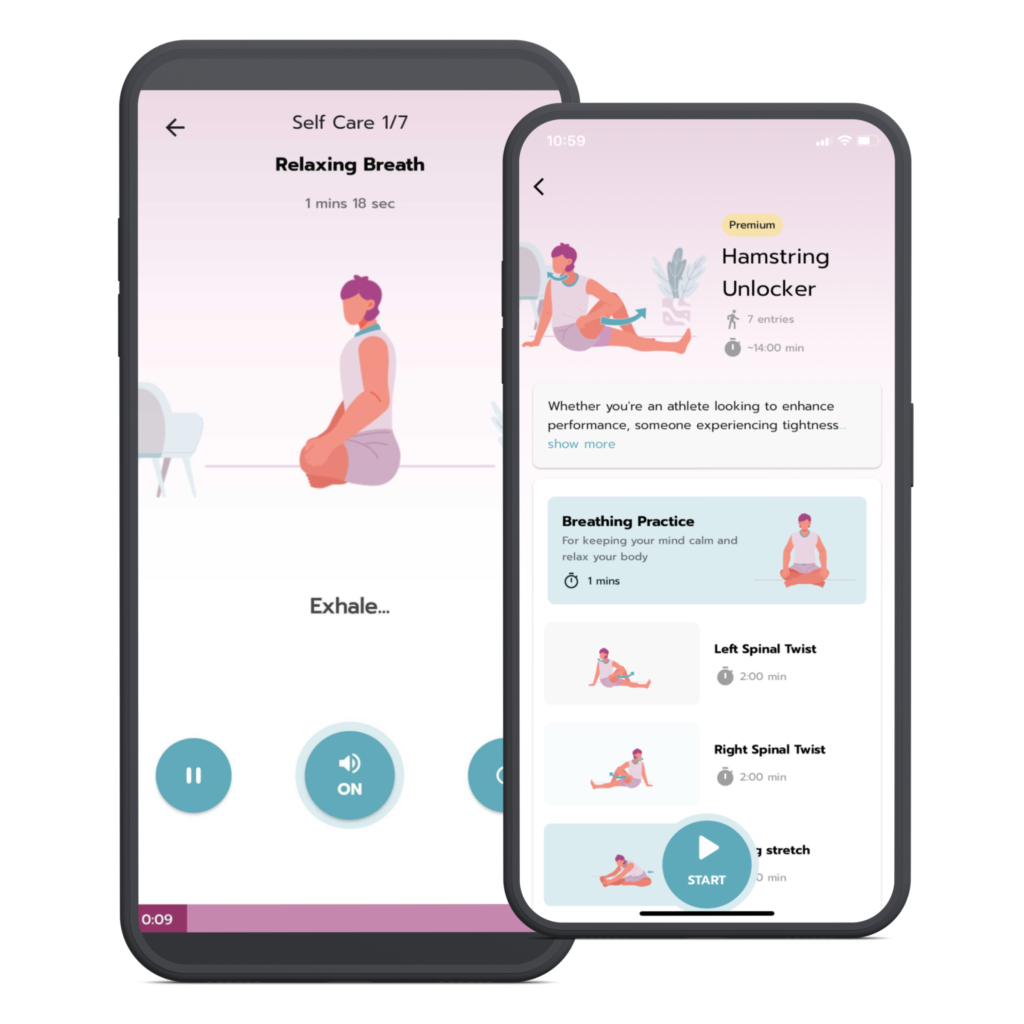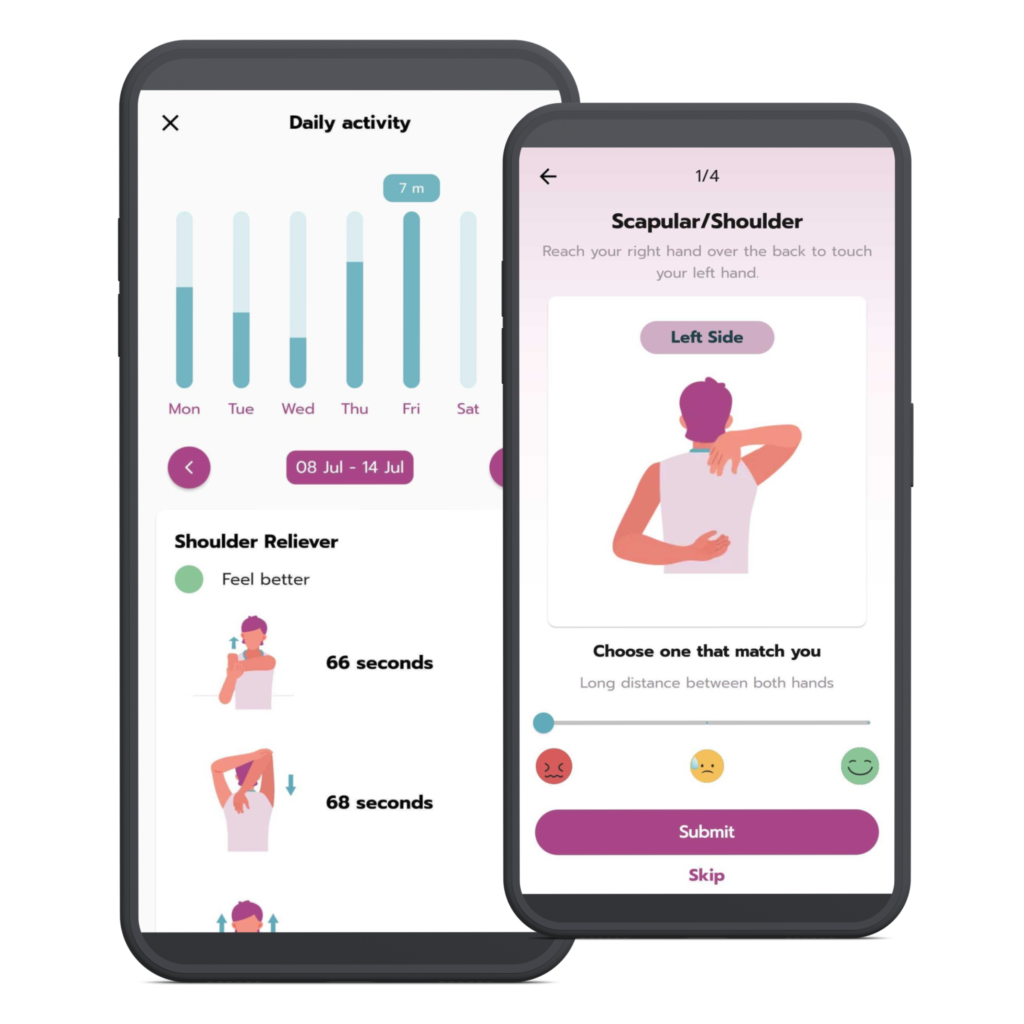If you’ve ever felt a dull ache or sharp pain in the **front of your knee—especially during running, squatting, or going down stairs—**you may be dealing with Patellofemoral Pain Syndrome (PFPS), commonly known as runner’s knee.
This guide covers:
- What causes PFPS and how to identify it early
- Evidence-based prevention tips
- Corrective exercises and recovery strategies
- When to seek treatment
- Whether you’re a runner, athlete, or someone with an active lifestyle, taking control of PFPS starts with the right information.
What Is Patellofemoral Pain Syndrome (PFPS)?
PFPS is a condition involving pain around or behind the patella (kneecap) due to poor tracking over the femur (thigh bone). It’s typically caused by overuse, muscle imbalances, or misalignment that places excessive stress on the knee joint.
Research Insight: PFPS accounts for 25% of all knee injuries seen in sports medicine clinics and is most prevalent among runners, cyclists, and teens.
Common Symptoms of PFPS
- Pain at the front of the knee, especially when running, squatting, or climbing stairs
- Swelling or tenderness around the kneecap
- A clicking or grinding sensation during movement
- Discomfort after sitting for extended periods (“moviegoer’s knee”)
- Difficulty kneeling, crouching, or getting up from a chair
What Causes Patellofemoral Pain Syndrome?
- Overuse from Repetitive Activity
- Running, jumping, or squatting without adequate rest
- Muscle Imbalances
- Weak quads, glutes, or tight hamstrings and calves
- Poor Biomechanics
- Knee valgus (inward collapse), flat feet, or improper alignment
- Sudden Changes in Activity Level
- Too much, too soon—without adaptation
- Improper Footwear
- Shoes lacking arch support or shock absorption
How to Prevent Runner’s Knee: Smart Training + Targeted Strength
1. Strengthen Key Muscle Groups
Build a stable base around the knee by targeting:
Quadriceps – supports kneecap alignment
Glutes & Hamstrings – reduce load on the front knee
Calves – improve ankle-knee-hip coordination
Exercises:
Squats (with proper knee tracking)
Step-ups on a low platform
Glute Bridges
Clamshells for hip abduction
2. Improve Flexibility & Mobility
Tight muscles can increase pressure on the patella: Hamstring stretch, Quadriceps stretch, Hip flexor and IT band mobility drills, Foam rolling quads, hamstrings, and calves
3. Focus on Proper Alignment
Keep knees aligned with toes during squats and lunges
Use orthotic inserts if you have flat feet or overpronation
4. Gradual Training Progression
Increase mileage or intensity by no more than 10% per week
Cross-train with low-impact exercises like swimming or cycling
5. Wear Supportive Shoes
Choose footwear designed for your arch type and activity
Replace shoes every 500–800 km to maintain shock absorption
6. Include Warm-Ups and Cool-Downs
Use dynamic stretches pre-exercise (leg swings, lunges)
Finish with static stretches to improve flexibility
Top Exercises for PFPS Relief and Prevention
1. Eccentric Step-Downs
✅ Stand on a step
✅ Slowly lower the opposite foot while keeping the knee aligned
✅ Strengthens quads and controls patellar tracking


2. Wall Sits
✅ Lean against a wall with knees bent to 90°
✅ Hold for 30–60 seconds to build isometric quad strength


3. Foam Rolling (Quads, Hamstrings, Calves)
✅ Reduces soft tissue tension that can alter patella mechanics


4. Single-Leg Deadlifts
✅ Builds posterior chain strength and improves balance


5. Clamshells
✅ Strengthens glute medius to stabilize hip and reduce knee valgus


What to Do If You Suspect PFPS
1. Rest & Modify Activities
Limit movements that cause pain
Use cycling or swimming as alternatives
2. Apply Ice
Ice your knee for 15–20 minutes, 2–3 times daily
Especially useful post-activity
3. Consult a Physiotherapist
Receive a movement assessment
Begin a tailored rehabilitation plan
4. Use Taping or Knee Sleeves (If Needed)
Patellar taping or compression sleeves may provide temporary relief and promote alignment
5. Reintroduce Activity Gradually
Return to sport or running with short, flat sessions
Monitor discomfort using a pain scale (stay below 3/10 during exercise)
Key Takeaway: Strong Knees Start with Smart Habits
PFPS can be prevented and managed with the right approach. From strength training and flexibility to proper technique and equipment, these small habits build the foundation for knee longevity.
Take 10 minutes daily for knee-focused training—it’s easier than recovering from months of pain.
Patellofemoral Pain Syndrome is common but preventable. With proactive care, targeted exercises, and smarter training habits, you can run, jump, squat—and live—without knee pain. Start today with small adjustments and build your path to long-term joint health.
Enhance Your Exercise Routine with the RunZen App
RunZen is your all-in-one app for improving flexibility, mobility, and breathing—designed specifically for runners and active individuals. Whether you’re chasing endurance, preventing injuries, or simply aiming for smoother movement, RunZen helps you unlock your full potential through science-based routines.
- AI-Powered Lower Body Mobility Check: uses AI to assess your lower body mobility and identify potential injury risks. Based on your assessment, it generates a personalized mobility plan tailored to your needs.
- Guided Breathwork & Stretching: combines targeted stretching, breathwork, and joint mobility drills to improve posture, range of motion, and recovery.
- Track Progress. Get Results: monitor improvements and stay consistent with smart tracking and daily routines—all in a user-friendly interface.
Download the RunZen App Today
See results in just 21 days. Start moving smarter with RunZen—where mobility meets mindfulness.
Perfect for:
- Runners wanting better stride and joint health
- Athletes seeking peak performance
- Anyone looking for Zen-like flow and freedom in movement


